
OR
12 gold dealers held from Bardiya (with names)
Published On: July 1, 2018 08:33 AM NPT By: Nirmal Ghimire
BARDIYA, July 1: Police have arrested twelve gold dealers from different areas of the district for mixing gold with other substances.
As per the letter from Police Head Office, gold dealers from Gulariya, Basgadhi and Rajapur were caught by police. After doing fraud upon measurement of gold, the gold dealers were arrested. Santosh Soni, Ishwor Kumar Bishwakarma and Bhim Century of Gulariya are the identified ones. Four each from Rajapur and Basgadhi are also under police custody.
They are under arrest as they were found mixing gold with other substances said SP Janak Bhattarai.
Further investigation is going on.
You May Like This

Sanjaya Khetan held in connection with 33-kg gold smuggling
KATHMANDU, June 23: Businessman Sanjaya Khetan has been arrested in connection with the 33 kg gold smuggling. ... Read More...

3 held on gold, cash theft charge
KATHMANDU, June 23: Metropolitan Police Range Office, Kathmandu has arrested three people with stolen ornaments and cash. ... Read More...
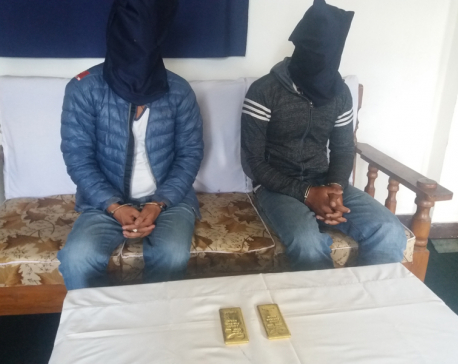
Two held with 2 kg gold at Rasuwagadhi
RASUWAGADHI, June 21: Rusuwa police has arrested two people with two kilograms of illegal gold at Rasuwagadhi on Wednesday. ... Read More...

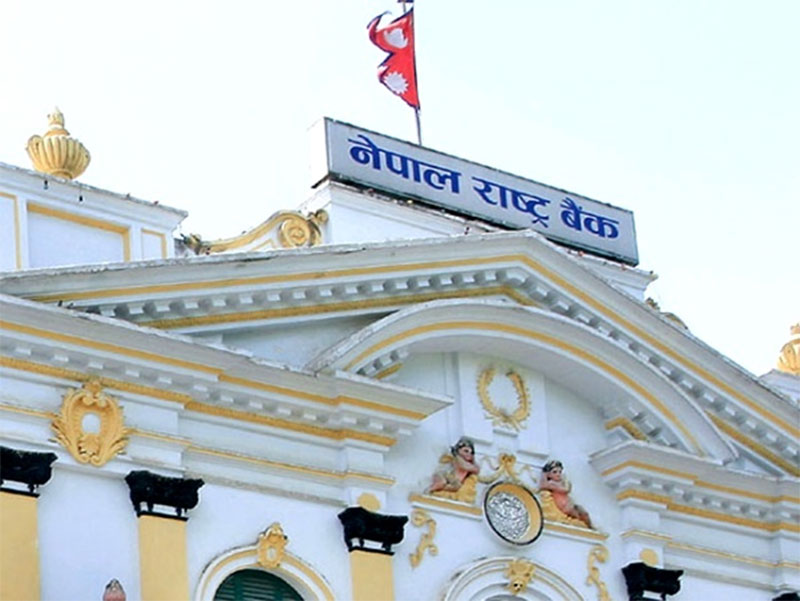


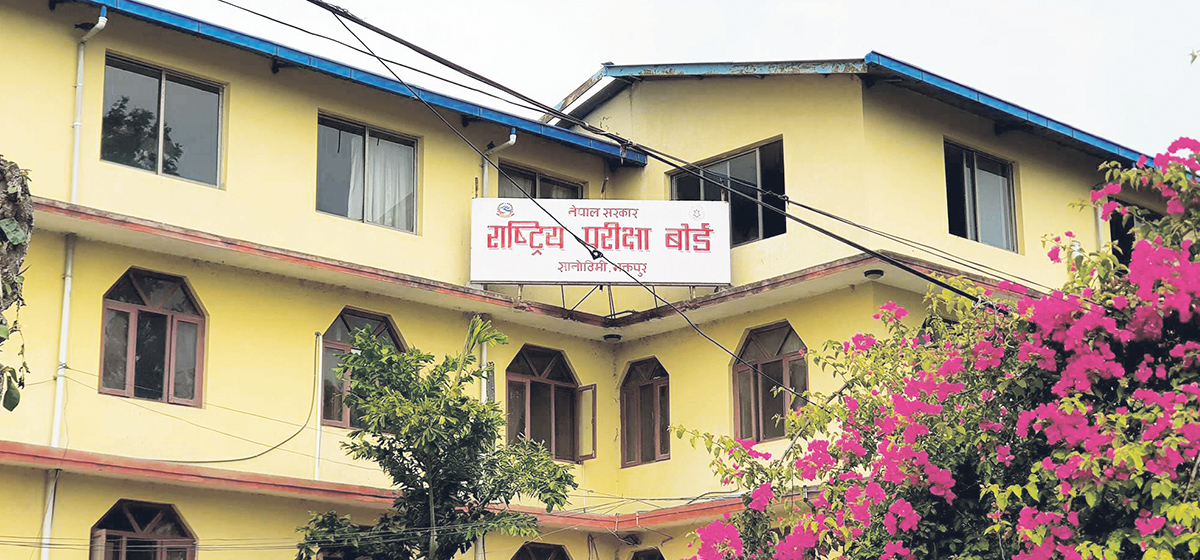


Just In
- NRB to provide collateral-free loans to foreign employment seekers
- NEB to publish Grade 12 results next week
- Body handover begins; Relatives remain dissatisfied with insurance, compensation amount
- NC defers its plan to join Koshi govt
- NRB to review microfinance loan interest rate
- 134 dead in floods and landslides since onset of monsoon this year
- Mahakali Irrigation Project sees only 22 percent physical progress in 18 years
- Singapore now holds world's most powerful passport; Nepal stays at 98th



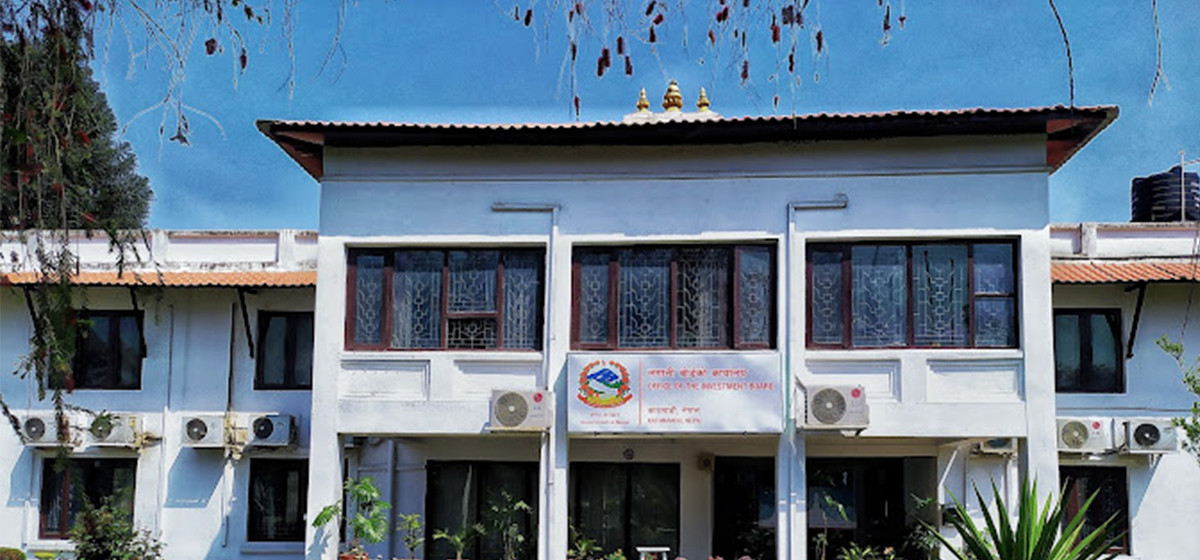


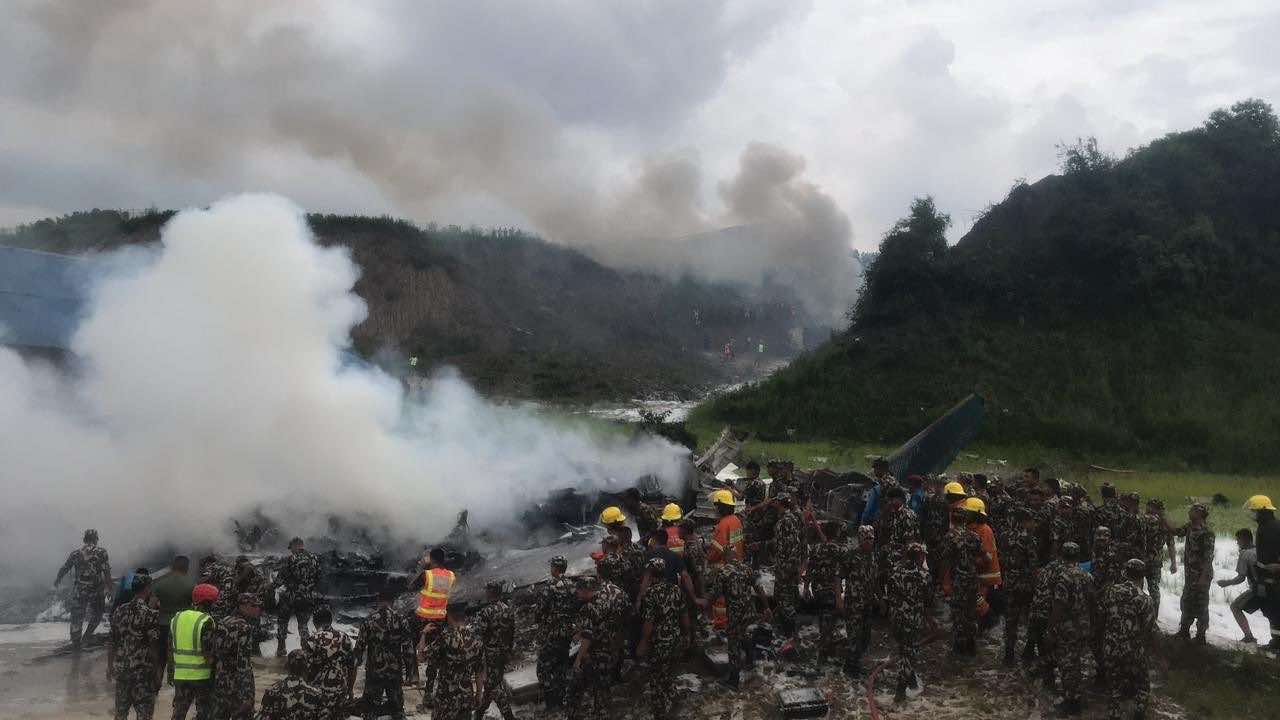
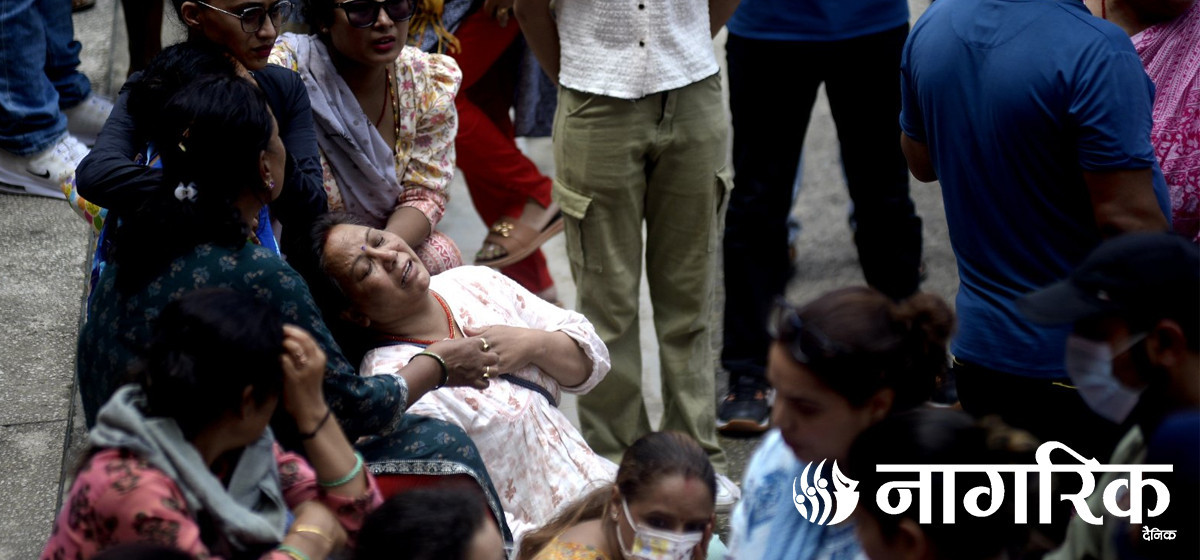


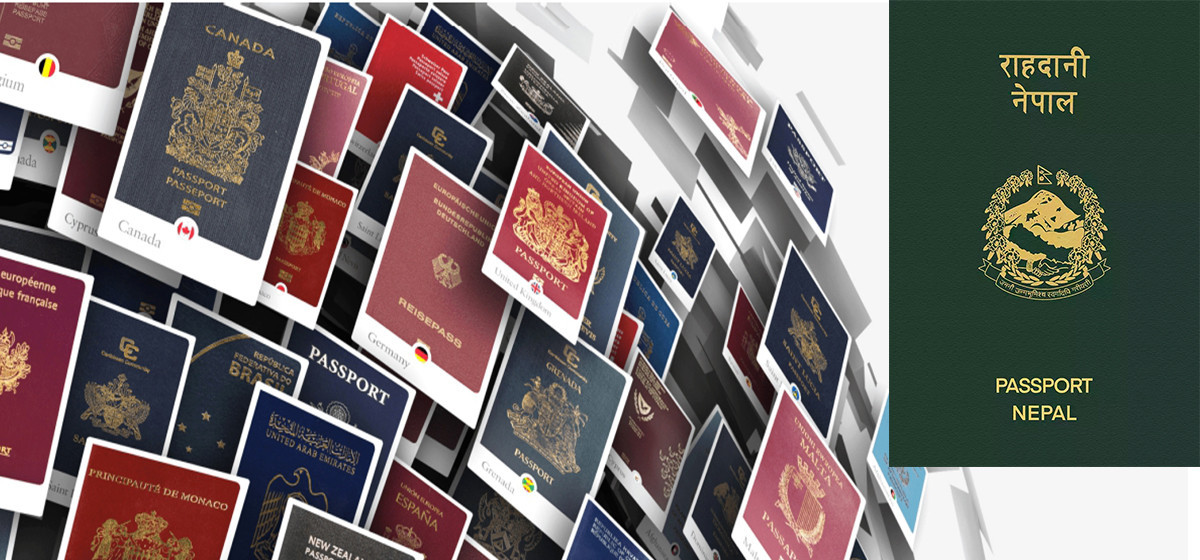
Leave A Comment